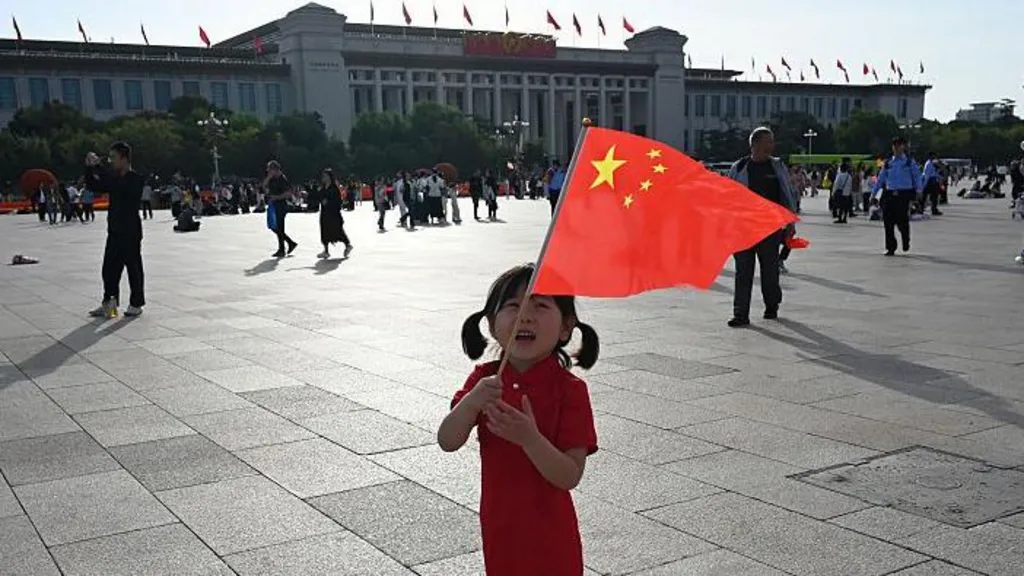
This article is more than
3 year oldIn a major new move to expand its influence across the globe, Beijing has set out a wide-ranging new deal with leaders in Latin America and the Caribbean that will touch almost all aspects of life in the region of over 670 million people.
One senior US analyst has warned the deal – in which China has pledged to supply nuclear technology, fund space programs and build schools teaching Chinese languages and culture – shows the superpower is trying to “take over” the region.
For decades the Chinese Communist Party has been funnelling hundreds of billions of dollars into Latin America to build critical infrastructure such as ports, roads, and power plants.
Many believe this investment is an attempt to buy power and influence in nations geographically close to the USA.
However, the scope of this new deal – which has been ironed out over the past month – has some Western leaders worried.
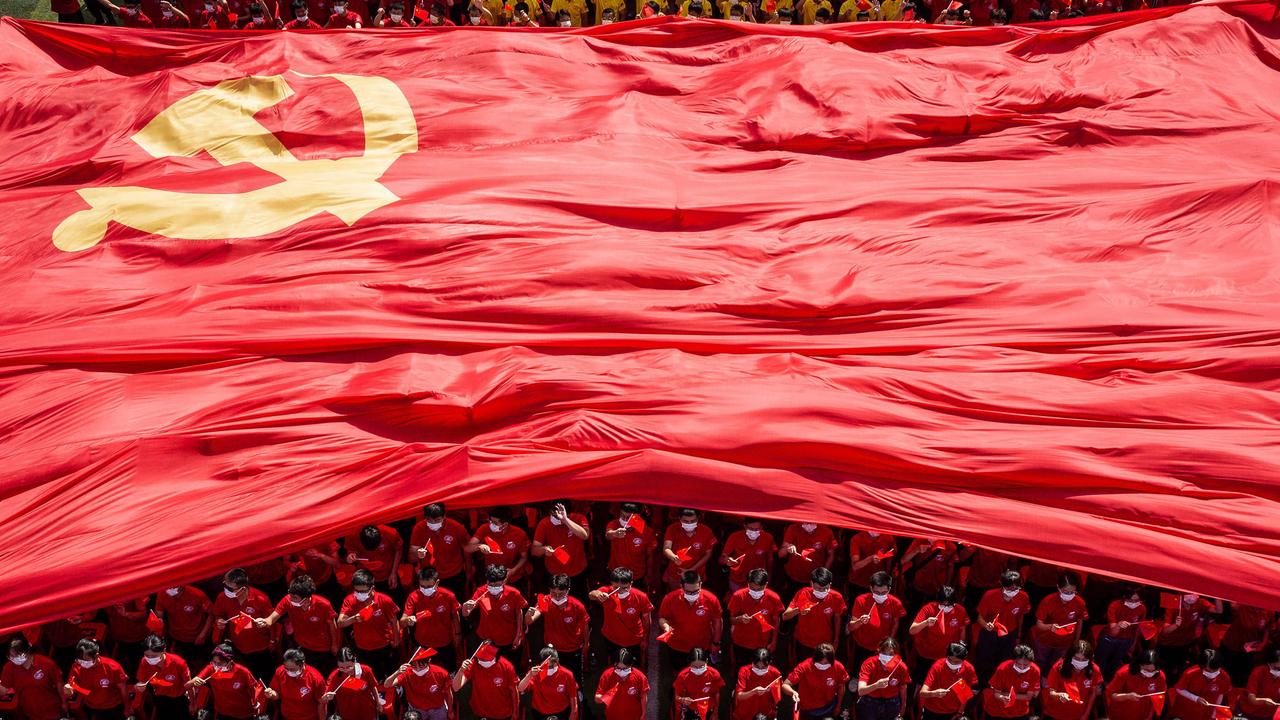
“The Chinese don’t say, ‘We want to take over Latin America,’ but they clearly set out a multidimensional engagement strategy, which, if successful, would significantly expand their leverage and produce enormous intelligence concerns for the United States,” US Army War College research professor Evan Ellis, a former member of the State Department policy planning staff, told the Washington Examiner.
“There are absolutely ambitions for China to become the dominant influence in Latin America,” Mateo Haydar, a researcher at the Heritage Foundation told the publication following the announcement of the latest deal.
“The challenge is comprehensive, and there’s absolutely a security and military interest there. … That threat is growing, and it’s a different kind of threat than what we saw with the Soviets.”
What does the new deal mean?
The deal, called the ‘Joint Action Plan for Cooperation in Key Areas’, was signed last month between China and CELAC, an alliance of Latin American and Caribbean States that encompasses almost all the major players in the region such as Brazil, Argentina, Colombia, Venezuela, Uruguay and Chile.
In it, the Latin American nations agree to deepening ties with China over the next two years in areas like greater co-operation between governments, banks, companies and educational institutions.
Many of the points raised appear noble enough – like pledging to work together to reduce carbon emissions, reducing poverty or supporting tourism between the two sides.
The two regions have agreed to collaborate on things like fighting the pandemic.
They have pledged to “deepen solidarity and co-operation and strengthen the study of Covid-19 variants and co-operation in joint vaccine production, research and development”.
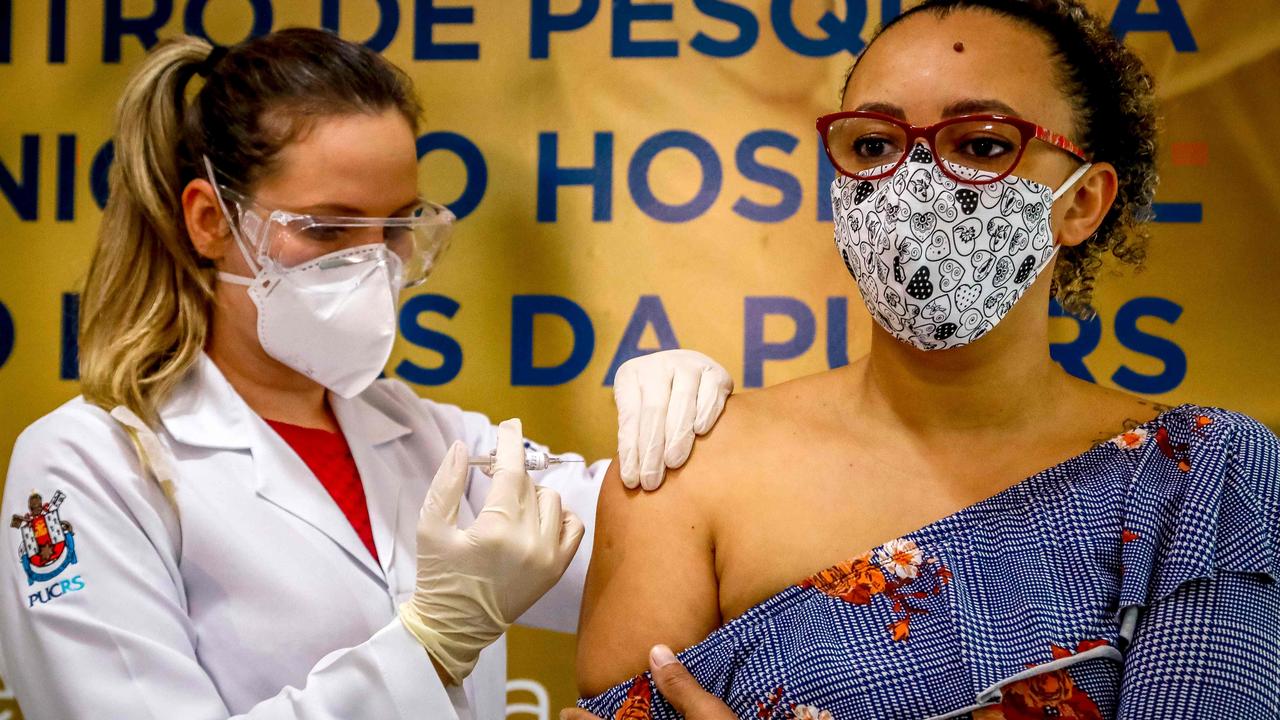
“The Chinese side is willing to offer anti-epidemic assistance to CELAC Member States within its capabilities,” the agreement reads.
However, there are several pledges that are causing more concern for the West.
One of them is China’s promise to promote “peaceful civilian use of nuclear energy and nuclear technology”.
China says it will share its knowledge and provide training on this front to “bring into play the advantages offered by nuclear technology and nuclear energy in promoting economic development and people’s wellbeing, as well as in meeting the challenges of climate change”. Elsewhere the deal commits the parties to pursuing “nuclear disarmament”.
However, there are fears the technology could also be used to make weapons-grade material for use in weapons.
There are also concerns over China’s pledge to help develop space programs for the “peaceful exploration of space” given Beijing has tried to pass off the launch of spy satellites as “communication” craft.
Only last month, Beijing tested a hypersonic orbital missile – claiming it was actually a civilian spacecraft meant for the “peaceful exploration of space”.
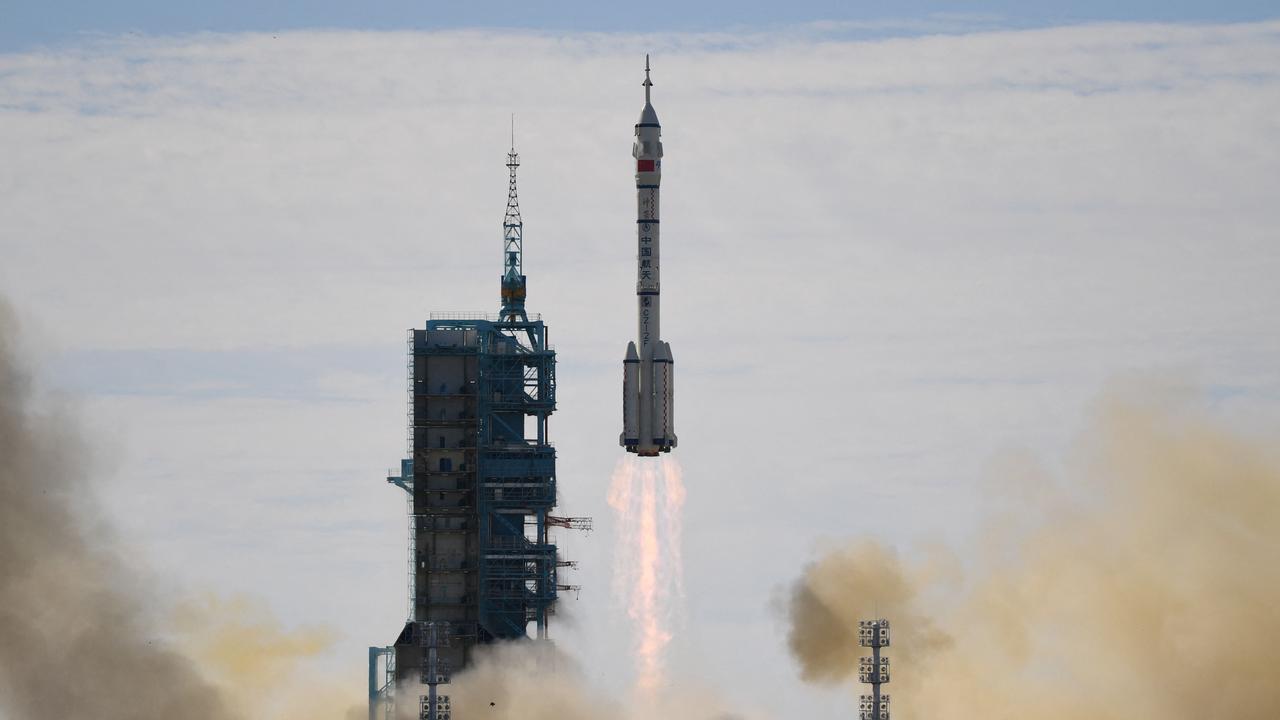
China and Latin American states have also agreed to co-operate directly between their militaries, which they say is for the purpose of fighting terrorism and taking down organised criminal networks.
Battle over influence and technology
Another issue that will no-doubt rile up the West is the pledge to strengthen technology ties between the two parties.
The US and China are already engaged in a full-blown tech war which began under the Trump administration but is continuing under US President Joe Biden.
According to the South China Morning Post it all started as a trade dispute, but soon morphed into a battle for leadership in core technologies like 5G, artificial intelligence (AI) and semiconductors.
The US, with its long history of innovation, has been the global tech leader for decades, but that position is now being challenged by China, which has thrown its full weight – and tens of billions in state funding – behind efforts to catch up.
South American nations have been at the epicentre of the battle, trying to appease both Beijing and the USA.
According to the text of the deal, the Latin American nations have signed up to “strengthen mutually beneficial co-operation between governments, enterprises and research” when it comes to such technologies.
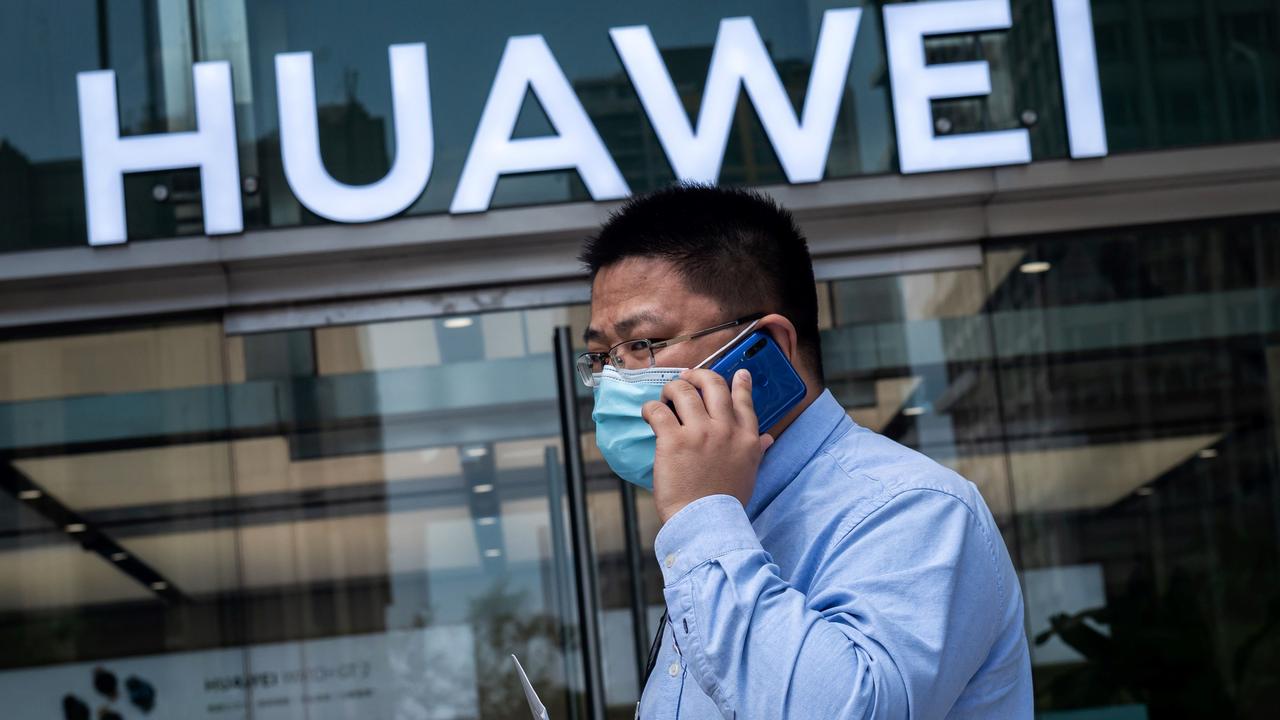
Many of the other points in the deal appear to be a continuation of China’s Belt and Road Initiative which aims to spread Chinese influence across the globe.
Chinese President Xi Jinping announced the ambitious project in 2013, calling it “a bid to enhance regional connectivity and embrace a brighter future”.
In summary, it’s $US1 trillion ($A1.44 trillion) of spending in 138 different countries to create a global trade route. “Belt” describes overland routes for road and rail transportation, while “road” describes maritime passages.
In the new deal with Latin America, China says it will work with the region to deepen ties in trade and financial markets, including investment and loans for “elaborate development plans”, and build new power plants – as well as helping with oil, gas and mining exploration.
However, a perhaps more unexpected move in the deal is an agreement for China to build so-called ‘Confucius Institutes’ to teach Chinese language and culture across the region.
One of China’s own officials, senior CCP leader Li Changchun, has openly stated these schools are an important part of the Chinese propaganda system.
What China is trying to achieve
China has been pushing for greater influence in Latin America for many years – and it hasn’t been afraid to spend big.
Its investments in the region from 2005 to mid-2021 amounted to $US133 billion ($A184b), with energy projects accounting for 60 per cent of investments while metals/mining accounted for 25 per cent.
Total trade between the two increased from almost $US18 billion ($A25b) in 2002 to almost $US316 billion ($A483b) in 2019. In 2020, despite the decline in world trade due to the pandemic, China’s total trade with the region dipped only slightly, to $US315 billion ($A437b).
According to The Congressional Research Service, a public policy research institute of the United States Congress, one of Beijing’s apparent goals in the region is to isolate Taiwan by attempting to lure away Latin American and Caribbean countries that maintain diplomatic relations with the island.
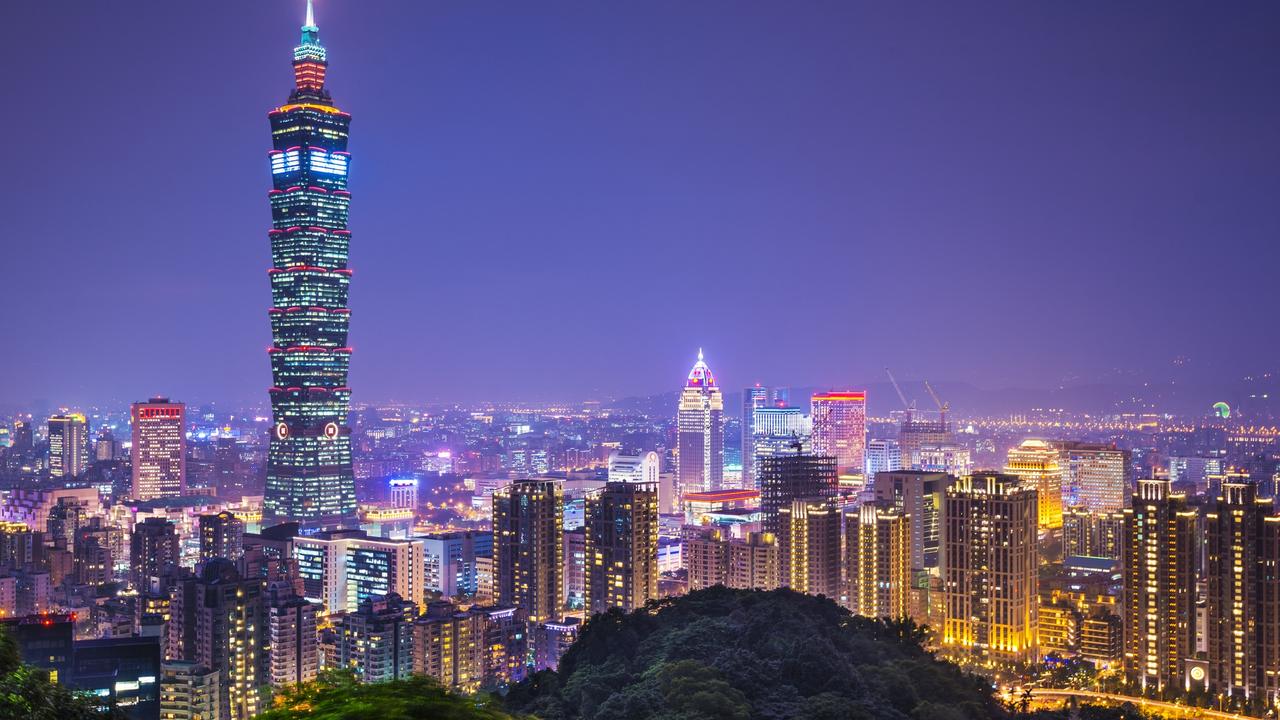 China is trying to isolate Taiwan.
China is trying to isolate Taiwan.Currently, eight countries in the region recognise Taiwan as independent.
Panama, the Dominican Republic, and El Salvador switched recognition to the Chinese government in 2017-2018, and Nicaragua switched on December 9, 2021.
Last year, the USA began to push back hard in the region.
In September year, Mr Biden dispatched diplomatic teams to South America with the aim of taking his Build Back Better initiative – which began as his plan to rebuild the US after Covid – global under the tag Build Back Better World or BW3.
The ‘listening tours’ were designed to identify projects where America could involve itself, offering to out-compete China with better quality products and a better record of delivery.
“Very few of [China’s] projects make economic sense and they often have very poor labour and environmental standards,” a Biden administration official said at the time.